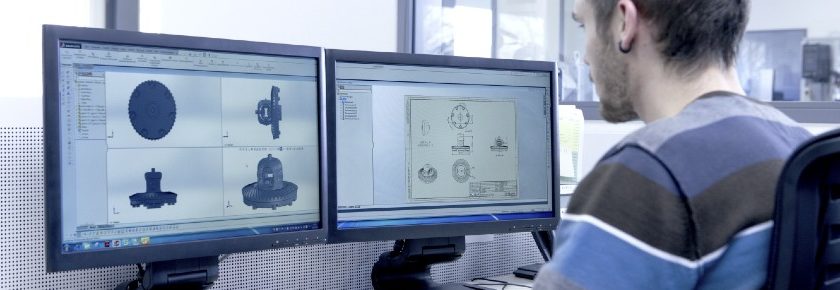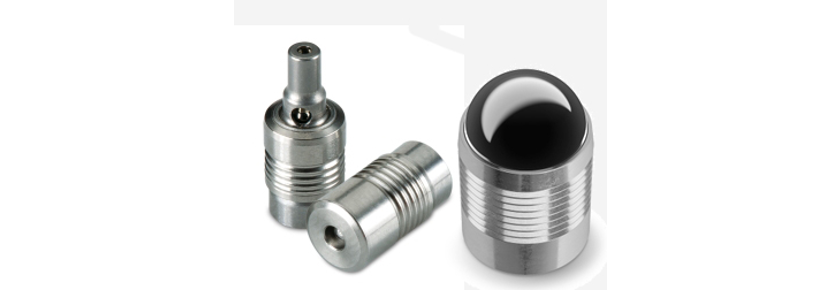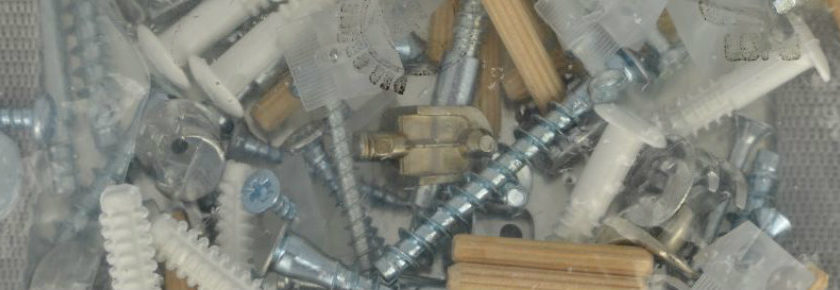Your choice of fastener has a big impact on Design for Manufacturability and bolted joint design. Fastener selection requires careful planning to avoid product failure and manage quality and cost of your assembly. With Bossard’s readily-available inventory of over 200,000 different screws, nuts, washers, pins, rivets, threaded inserts, screws, clip fasteners, surface bonding fasteners, clinching solutions, and multiple other industrial accessories, taking advantage of the Bossard tools and calculators below can help you choose the right one.
As a mechanical engineer, you have a lot to consider in your design. Material to be joined, Clamp load, Stress, Temperature, Shear, Torque, Coefficient of friction, Corrosion – Solving any of these design problems can be made a lot easier using multiple Bossard calculators and converters. These ready-made tools are heavily relied upon by engineers, technicians, designers, project managers, and students and are outlined below.
Bossard Online Converters
The following Bossard online converters are used to convert various units of measure.
- Length Converter: This converter accesses upwards of 68 different units of measure and converts inches, centimeters, meters, miles, KMs, feet, yards, etc.
- Torque Converter: Calibrated torque wrenches are essential in some industries. This tool converts different torque values such as kilonewton meter, newton meter, newton centimeter, kilogram-force meter, once force inch, etc.
- Pressure Converter: Bossard’s pressure converter converts various pressure units such as PSI, bar, millibar, pascal, ton/square foot, pound/square foot, etc.
- Force Converter: Another simple-to-use converter that can convert newton, meganewton, kilonewton, dyne, kilogram-force, ounce force, etc.
- Metric to Inch Fastener Converter: Ideal solution for converting metric to inch fastener forces.
- Hardness Converter: Ideal tool for hardness-to-hardness measurement (Rockwell, Brinell, Vickers) and hardness-to-tensile strength conversion of cast iron and low-alloy steels.
Online Calculators for Design/Production
Bossard offers a comprehensive line of online calculators for technical design and production requirements.
- Metric Thread Profile Calculator: This calculator is based on ISO 965-1:1998, ISO 68-1:1998, and ASME B1.13M-2005, allowing you to calculate metric thread geometry.
- Pilot Hole Design for Metric Thread Formers: DIN 7500:2009 calculator for calculating hole size for metric thread forming screws.
- Selection of Material and Coatings for Corrosion Protection: Ideal for any situation where choosing protective coatings is critical to corrosion protection.
- Drill Hole Size for Tapped Threads: Instantly calculates the proper tap drill size for screws.
- Pilot Hole Design for Tapping Screws: Calculates the ideal hole diameter for tapping screws.
- Pilot Hole Design for ecosyn®-Plast: Calculator determines boss geometry for thermoplastic resin types for ecosyn®-plast.
- Tolerances for Shafts and Holes: Easily calculate hole and shaft tolerances.
Online Calculators for Technical Design
- Estimation of Bolt Size and Property Class: Calculator to determine the required diameter and property class.
- Disc Spring Calculator: DIN-2093 Calculator for disc springs with geometry, values, and properties.
- Cost Savings Calculator: Insightful tool allows you to calculate activity costs and uncover potential savings.
- Thread Engagement Length Calculator: Simple calculator for calculating thread engagement for blind-hole and through-hole to determine sufficient thread engagement length.
- Torque and Preload With Nut Factor: Uses basic formula of T = D*K*F to calculate tightening torque and preload with nut factor for screws (inches).
- Torque and Preload with Nut Factor and Tool Accuracy – Inch: Allows you to calculate tightening torque and preload using the formula T = D*K*F mean.
- Torque and Preload with Nut Factor and Tool Accuracy – Metric: Same tool as above but in metric.
- Torque and Preload with Friction Scatter: Calculator based on VDI 2230: 2014 that calculates tightening torque for hex and socket head screws.
- Torque and Preload for Customized Geometry and Material: Another calculator based on VDI 2230:2014. This one calculates pressure, preload, and tightening torque for socket head and countersunk screws by accounting for multiple head shapes, materials reduced, chanks, and hole champers.
- Torque and Preload Calculator: Yet another calculator incorporating VDI 2230:2014, capable of calculating tightening torque, surface pressure, and preload values for head and socket head screws.
Each of these tools is accessible to all and free to use under the terms as set forth under Imprint. If you need any guidance, help, or have questions about a new project of yours, contact us today and speak with a Bossard Assembly Technology Expert.














